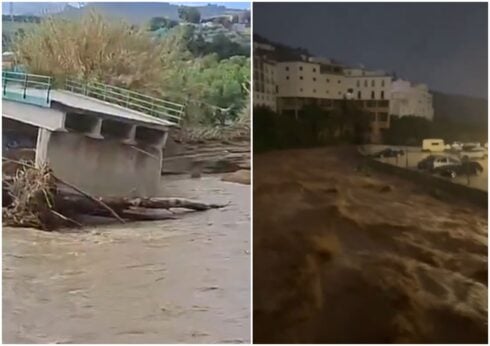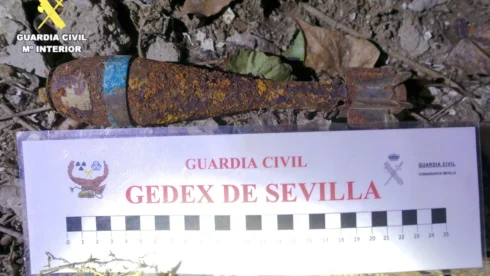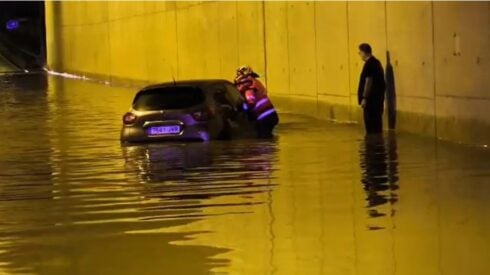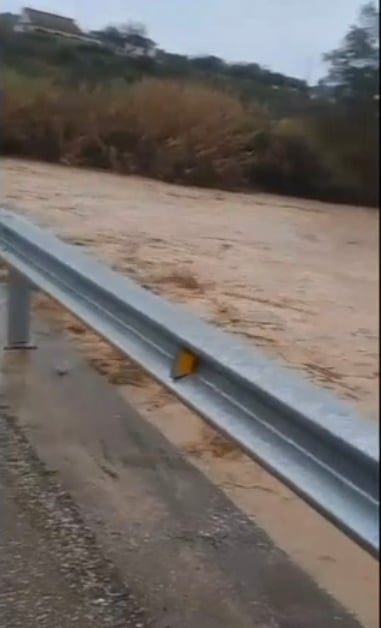EARLY rainfall this year has failed to ease the drought in much of southern Spain despite improved reservoir levels.
While the north of Spain has overcome drought, Malaga and Alicante’s water reserves are critical, according to a report by the Public Sanitation and Supply association (AEOPAS).
“The southern half of Spain is still in drought,” it warned, adding that the Costa del Sol needs to remain under ‘emergency’ conditions and water-saving measures need to be increased.

In total, 16 municipalities in the Andalucian interior, Almeria and the Marina Baja of Alicante are still suffering from severe drought conditions.
“The Guadalquivir, Segura, Jucar, Guadalete-Barbate and Catalunya water regions still show worrying water levels, with reserves well below the historic average.
“These challenges underline the urgent need for more resilient water management which link to the effects of climate change,” the report said.
Though autumn rain has improved the situation in Sevilla and Antequera, drought measures remain in place in the Campo de Gibraltar, Guadalhorce and Axarquia areas.
Reservoir levels for Malaga still sit critically low at 28%, slightly better than last year when they sat at 16%, but way below a decade ago when they sat at 48%.
Across Andalucia, levels currently sit at 34%, which is 15% up on last year, but 11% down on a decade ago.
The most critical region is Almeria, where the reservoir levels sit at 9.38%, which is exactly the same as this time last year.
In contrast, in the Basque Country, reservoirs are 100% full and there has been a significant improvement in Valencia.
“Our reserves are slowly getting better but there are marked differences between regions, showing the need for different water management policies,” concluded the report.
In particular, ‘urgent action’ is needed to avoid future droughts such as a diversification of water supplies, re-use measures and the improved measuring of urban water supply.
Click here to read more Andalucia News from The Olive Press.








